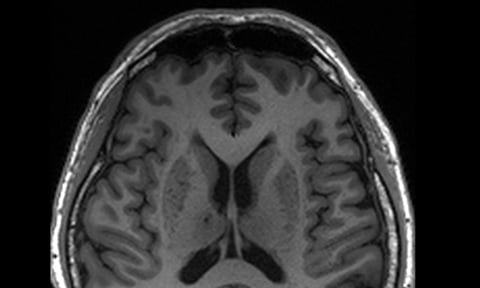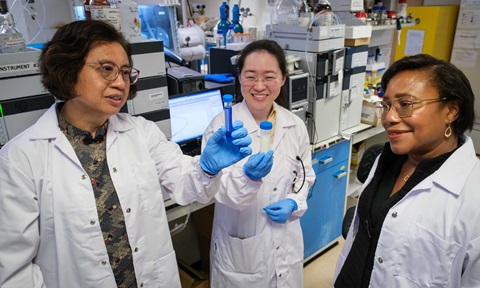Why wavy wounds heal faster than straight wounds

Image: (L-R) The research team include PhD student Zhou Quan, Prof K Jimmy Hsia, lead investigator and President's Chair in Mechanical Engineering, NTU School of Mechanical & Aerospace Engineering (MAE), PhD student Xu Hongmei and Co-lead investigator, Asst Prof Huang Changjin, NTU School of MAE.
Wavy wounds heal faster than straight wounds because shapes influence cell movements, a team of researchers at NTU Singapore study has found.
Using advanced imaging equipment on synthetic wounds that mimic the human skin, the NTU Singapore scientists observed the motion of cells and found that those near wavy shaped wounds moved in a swirling manner while cells near straight wounds moved in straight lines, travelling parallel to the edges.
The NTU team concluded that the swirling or vortex-like movement is crucial to gap-bridging, in which cells build bridges to heal damaged tissues, and which accelerates the wound healing process in wavy wounds.
This is the first time that the relationship between gap bridging, and the speed of wound healing has been determined.
The findings by the research team open the door to the development of more effective strategies to speed up wound healing, for better wound management, tissue repair, and plastic surgery.

Image: Time-lapse phase-contrast images showing different wound-healing stages of the engineered synthetic wounds with a width of 30 micrometres. Cells around wavy gaps formed bridges (highlighted in bright red) to close the gap quickly by the 42nd hour, compared to cells in the straight wound where healing has just begun.





.tmb-listing.jpg?Culture=en&sfvrsn=cfde9c58_1)

